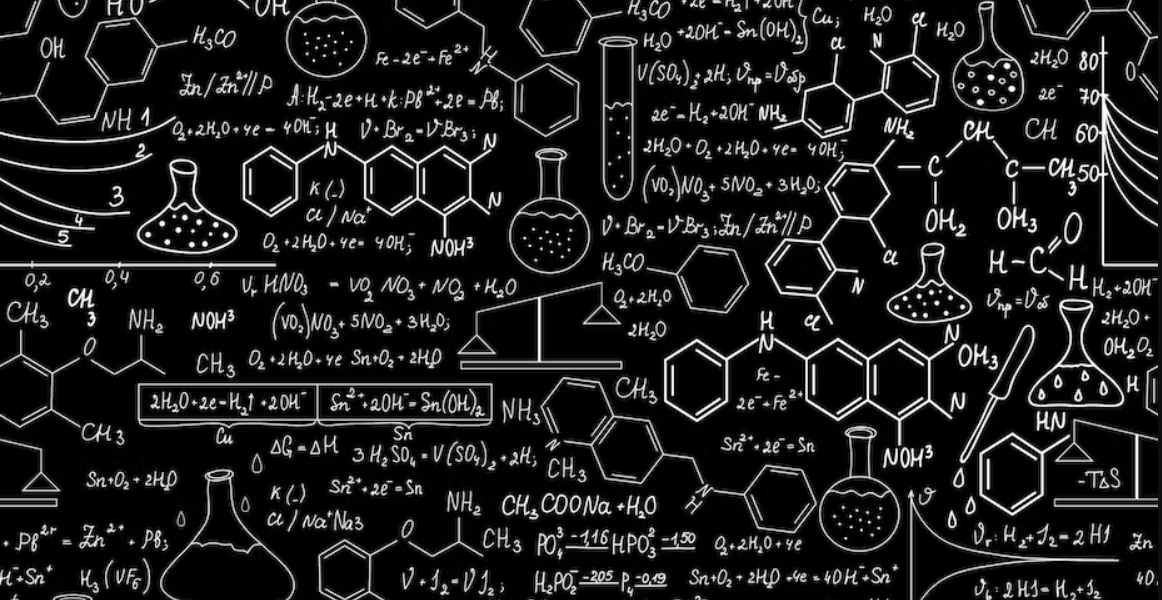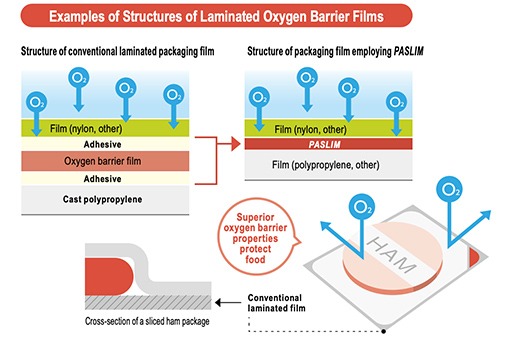Every day, we interact with numerous household products, often without giving a second thought to the complex chemistry that makes them work. From cleaning agents to personal care items, the chemistry of these everyday products is not just fascinating but also crucial for their effectiveness and safety. This 1000-word article explores the chemistry behind some common household products, unveiling the science that lies within our daily routines.
Introduction to Household Product Chemistry
The chemistry of household products involves a blend of various chemical compounds that serve specific functions. These products are formulated to perform tasks like cleaning, disinfecting, and beautifying, all while being safe for home use. Understanding the chemistry behind these products can provide insights into how they work and the importance of proper usage.
The Chemistry of Cleaning Agents
Soaps and Detergents
Soaps and detergents are surfactants that reduce the surface tension of water, making it more effective at removing dirt and grease. The molecular structure of these surfactants features a hydrophilic (water-attracting) head and a hydrophobic (water-repelling) tail. When used, the hydrophobic tails attach to grease and oils, while the hydrophilic heads remain in the water, allowing for the easy rinsing away of dirt.
Bleach and Disinfectants
Bleach, commonly based on sodium hypochlorite (NaClO), is a powerful disinfectant. It works by oxidizing the cells of microorganisms, effectively killing them. Other disinfectants, like isopropyl alcohol and hydrogen peroxide, work through similar mechanisms, disrupting the cell walls of pathogens and rendering them inactive.
Personal Care Products
Shampoos and Conditioners
Shampoos contain surfactants that cleanse the hair and scalp by trapping oils and dirt for removal. Conditioners often contain cationic surfactants and polymers that adhere to the hair, reducing static and improving hair manageability.
Toothpaste
Toothpaste typically contains abrasive agents like calcium carbonate or silica, which help in mechanically removing plaque. Fluoride, such as sodium fluoride (NaF), is added for its role in strengthening tooth enamel and preventing cavities.
Kitchen Chemistry
Cooking Oils and Fats
Cooking oils and fats are composed of triglycerides, molecules formed from glycerol and fatty acids. The type of fatty acids (saturated or unsaturated) determines the physical properties, like melting point, of these oils and fats, affecting cooking and flavor.
Food Preservatives
Preservatives in food inhibit the growth of bacteria, yeasts, and molds. Common preservatives include sodium benzoate and citric acid, which create an unfavorable environment for microbial growth by lowering the pH.
Household Cleaners
Multipurpose Cleaners
Multipurpose cleaners often contain a mixture of surfactants for removing dirt, solvents like alcohols to dissolve stains, and sometimes mild abrasives for tough grime. Acids or bases are added to tackle specific stains – for example, acetic acid (vinegar) for mineral deposits and sodium bicarbonate (baking soda) for acidic stains.
Glass Cleaners
Glass cleaners typically contain ammonia or ethanol, which help in dissolving grease and leaving a streak-free finish. The fast evaporation of these solvents aids in quick drying.
Laundry Chemistry
Laundry Detergents
Laundry detergents consist of surfactants for cleaning, enzymes like proteases and amylases for breaking down protein-based and starch stains, and builders like sodium carbonate to soften water and enhance cleaning efficiency.
Fabric Softeners
Fabric softeners use cationic surfactants, which neutralize the static charge on fabrics and make them feel softer. They may also contain fragrances and preservatives.
Home Fragrance and Air Fresheners
Air fresheners and home fragrances contain various aromatic compounds to mask or neutralize odors. Some also include chemicals that absorb odor molecules, such as cyclodextrins.
Safety and Environmental Considerations
While household products are designed for safe use, improper handling can pose risks. It’s important to use these products as directed and understand the potential hazards, such as mixing bleach with ammonia, which can produce toxic gases. Additionally, environmental considerations, like the biodegradability of surfactants and the impact of phosphates on water ecosystems, are critical in the formulation of these products.
Future Trends in Household Product Chemistry
The future of household product chemistry is leaning towards more sustainable and environmentally friendly formulations. This includes the use of biodegradable ingredients, reduced packaging, and the development of products that are effective at lower concentrations or temperatures, reducing energy consumption.
Conclusion
The chemistry of everyday household products is a fascinating and complex field that plays a vital role in the functionality and safety of these products. From the surfactants in cleaners to the preservatives in food, chemical principles are at work in nearly every aspect of our daily home life. Understanding this chemistry not only enhances our appreciation for these everyday items but also informs responsible and safe usage. As the field continues to evolve, innovations in chemistry promise to deliver more effective, sustainable, and environmentally friendly household products.











